Quantum-style levels (as opposed to Ruby variable hierarchies) are now supported. A levels job can have different case counts at each level, and has index files which connect the levels.
This is the IBM/SPSS Dimensions Households demonstration job imported to Ruby. There are 10 households, with 19 vehicles and 25 household members between them. The members have taken 24 overseas trips. You can do a table of variables at different levels, filtered on any level.
The Specification form has a drop-down for the population level (Dimensions) or cell level (Quantum).
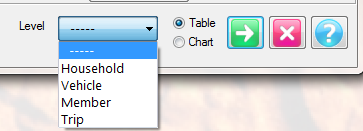
So, the table of Household Region by Country of Destination populated at the Member level is
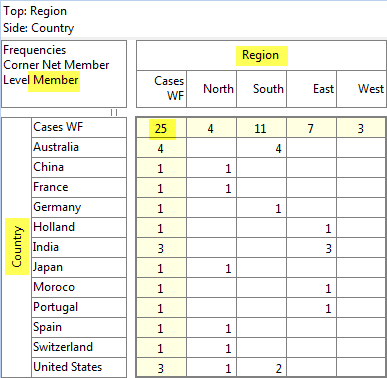
Total base is 25 because 25 members across the ten households. The cells count members. The same table populated at the Household level
has a total base of 10, and the cells count households.
You would need to use levels as above where, essentially, each level could be conceptualised as an independent questionnaire, organised as a hierarchy of questionnaires. This differs from Ruby hierarchies, which are a hierarchy of variables (such as brand/attribute/rating). You can have a Ruby variable hierarchy within a level – for example brand/attribute/rating at the Member level.
The Ruby approach can count null cases (this seems to be a problem for Dimensions), and has more flexible percentaging on the bases because the top left corner (base/base intersection) can be either case counts or answer counts (or a calculated custom base).
If you need levels, let us know and we’ll help you set the job up.

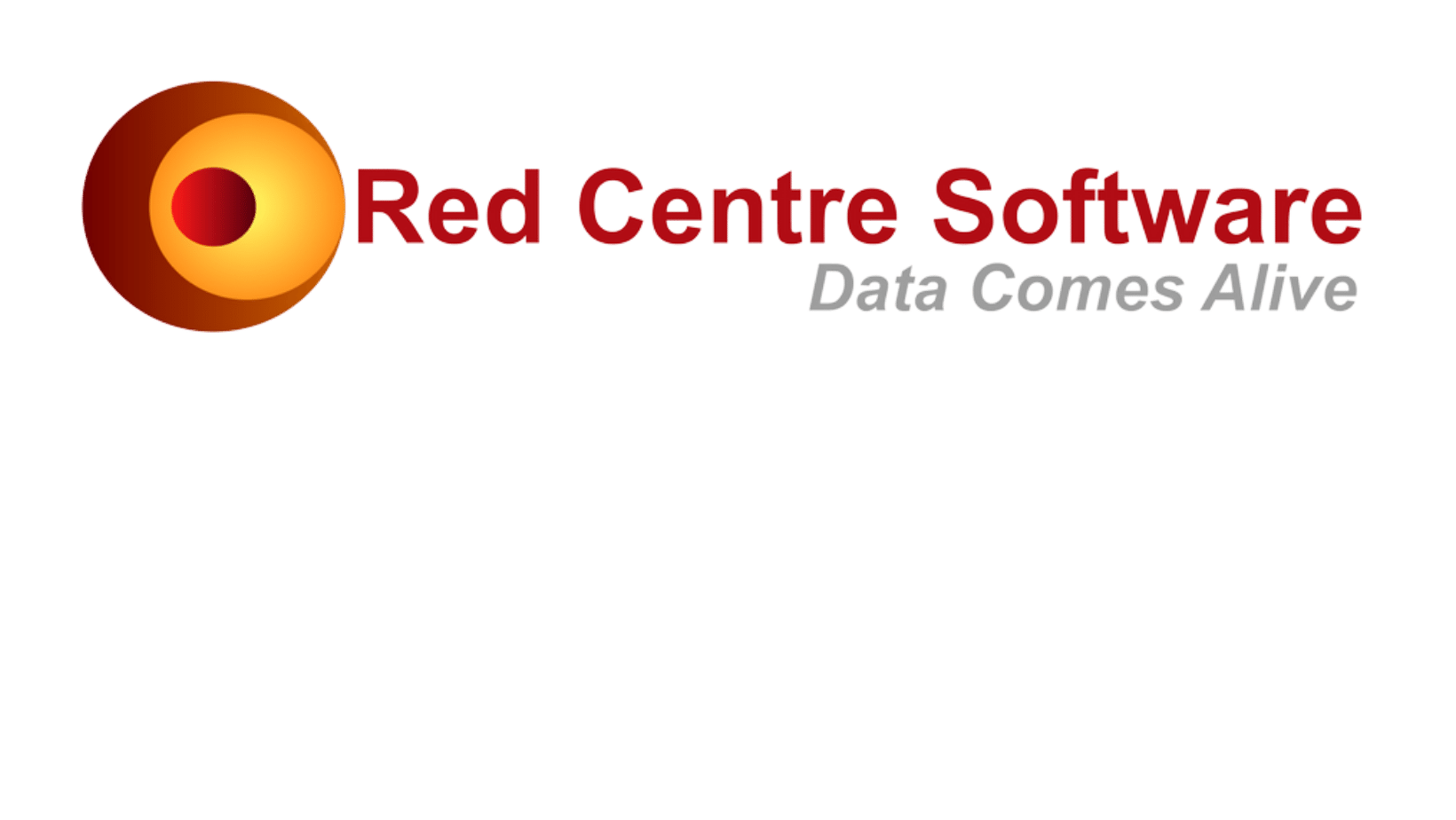
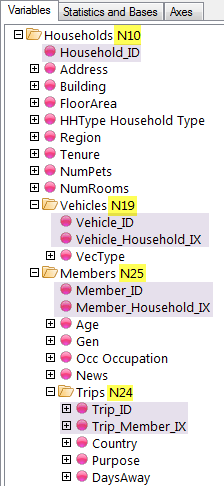

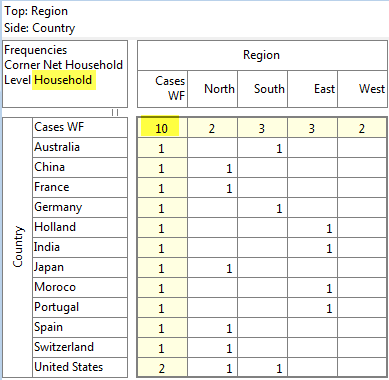
Comments are closed